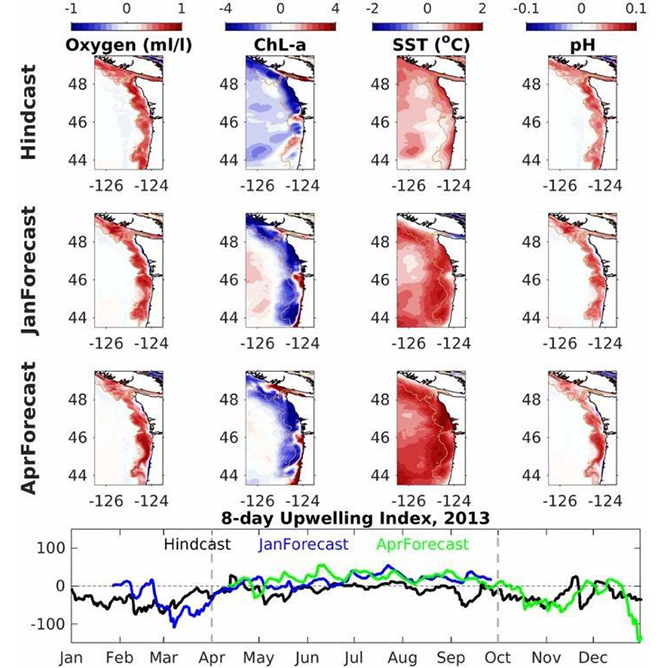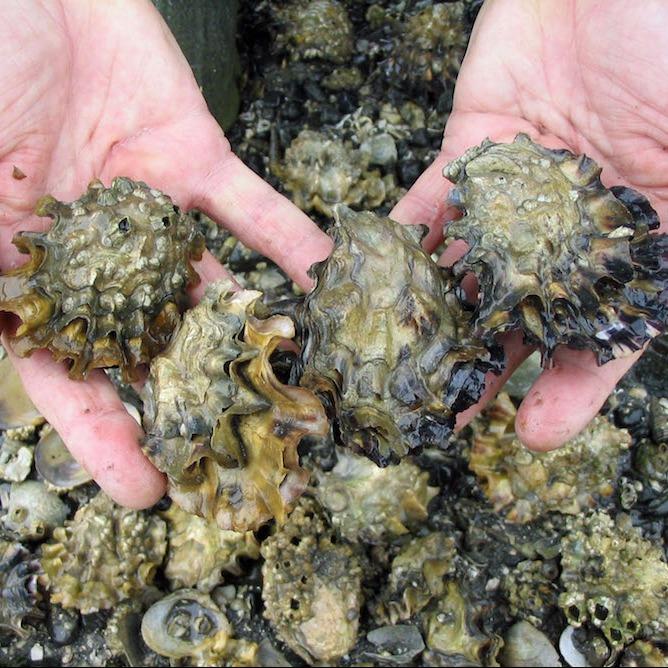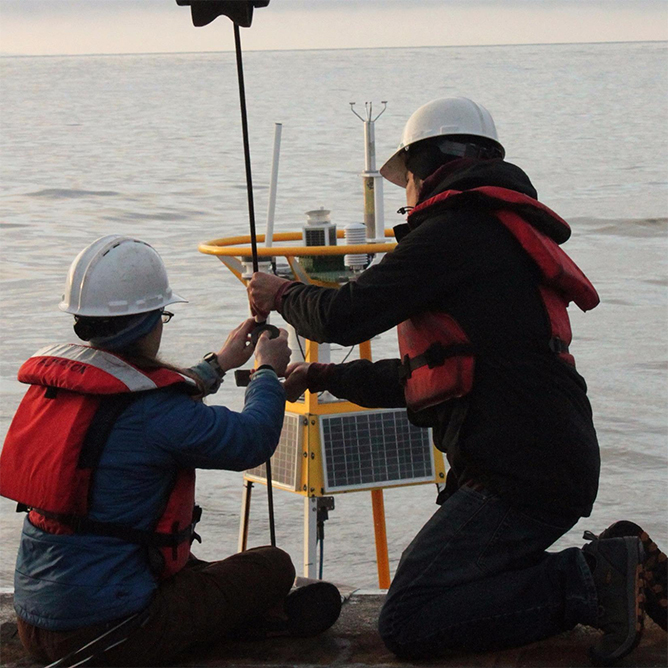Publication Search
Filter Results
Search
Sort Results
- Nina Bednaršek, Jan A. Newton, Marcus W. Beck, Simone R. Alin, Richard A. Feely, Natasha R. Christman, Terrie Klinger
- Science of the Total Environment
- April 15, 2021
Citation: Bednaršek, N., J.A. Newton, M.W. Beck, S.R. Alin, R.A. Feely, N.R. Christman, and T. Klinger (2021): Severe biological effects under present-day estuarine acidification in the seasonally variable Salish Sea. Sci. Total Environ., 765, 142689, https://doi.org/10.1016/j.scitotenv.2020.142689
- Simone Alin, Andrew U. Collins, Brendan R. Carter, Richard A. Feely
- Global Oceans
- August 1, 2021
Citation: Alin, S.R., A.U. Collins, B.R. Carter, and R.A. Feely (2021): Ocean acidification status in Pacific Ocean surface seawater in 2020. In State of the Climate in 2020, Global Oceans. Bull. Am. Meteorol. Soc., 102(8), S184–S185, https://doi.org/10.1175/BAMS-D-21-0083.1
- Derek P. Manzello, Graham Kolodziej, Amanda Kirkland, Nicole Besemer & Ian C. Enochs
- Coral Reefs
- May 13, 2021
Citation: Manzello, D.P., Kolodziej, G., Kirkland, A. et al. Increasing coral calcification in Orbicella faveolata and Pseudodiploria strigosa at Flower Garden Banks, Gulf of Mexico. Coral Reefs 40, 1097–1111 (2021). https://doi.org/10.1007/s00338-021-02108-8
- Li-Qing Jiang, Richard A. Feely, Rik Wanninkhof, Dana Greeley, Leticia Barbero, Simone Alin, Brendan R. Carter, Denis Pierrot, Charles Featherstone, James Hooper, Chris Melrose, Natalie Monacci, Jonathan D. Sharp, Shawn Shellito, Yuan-Yuan Xu, Alex Kozyr, Robert H. Byrne, Wei-Jun Cai, Jessica Cross, Gregory C. Johnson, Burke Hales, Chris Langdon, Jeremy Mathis, Joe Salisbury, and David W. Townsend
- Earth System Science Data
- June 15, 2021
Citation: Jiang, L.Q., Feely, R.A., Wanninkhof, R., Greeley, D., Barbero, L., Alin, S., Carter, B.R., Pierrot, D., Featherstone, C., Hooper, J. Melrose, C., Monacci, N., Sharp, J., Shellito, S., Xu, YY., Kozyr, A., Byrne, R.H., Cai, W.J., Cross, J., Johnson, G.C., Hales, B., Langdon, C., Mathis, J., Salisbury, J., and Townsend, D.W., 2021. Coastal Ocean Data Analysis Product in North America (CODAP-NA)–An internally consistent data product for discrete inorganic carbon, oxygen, and nutrients on the US North American ocean margins. Earth System Science Data 13, 2777-2799. https://doi.org/10.5194/essd-13-2777-2021
- Meliza Le-Alvarado,Alfonsina E. Romo-Curiel,Oscar Sosa-Nishizaki,Oscar Hernández-Sánchez,Leticia Barbero,Sharon Z. Herzka
- PLOS One
- February 24, 2021
Citation: Le-Alvarado M, Romo-Curiel AE, Sosa-Nishizaki O, Hernández-Sánchez O, Barbero L, Herzka SZ (2021) Yellowfin tuna (Thunnus albacares) foraging habitat and trophic position in the Gulf of Mexico based on intrinsic isotope tracers. PLoS ONE 16(2): e0246082. https://doi.org/10.1371/journal.pone.0246082
- Carter, B.R., H.C. Bittig, A.J. Fassbender, J.D. Sharp, Y. Takeshita, Y.-Y. XU, M. Álvarez, R. Wanninkhof, R.A. Feely, and Barbero, L.
- Limnology and Oceanography
- October 15, 2021
Citation: Carter, B.R., H.C. Bittig, A.J. Fassbender, J.D. Sharp, Y. Takeshita, Y.-Y. XU, M. Álvarez, R. Wanninkhof, R.A. Feely, and Barbero, L. New and updated global empirical seawater property estimation routines. Limnology and Oceanography: Methods, 2021 (https://doi.org/10.1002/lom3.10461) (2021).


